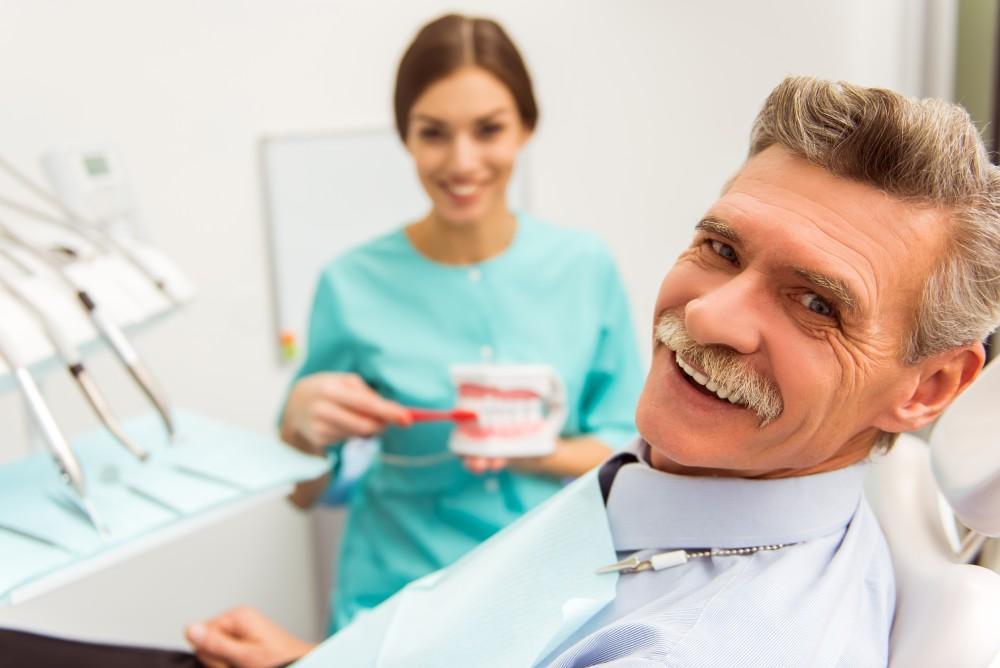Having straighter teeth isn’t just about cosmetics: Correcting malocclusions and other smile defects can improve your oral health, too — not to mention that boost of confidence you get from knowing your smile looks its best.
But despite the advantages of orthodontics, many people hesitate to have their teeth straightened, mainly because they don’t like the visibility of traditional metal braces.
About two decades ago, Invisalign® changed all that, introducing a clear plastic aligner system that straightens teeth without metal brackets or wires. Since then, Invisalign has surged in popularity, with more than 10 million people worldwide choosing Invisalign treatment for straighter teeth and more beautiful smiles.
As a leading orthodontic practice in Dallas, Texas, Straight Teeth Orthodontics: Scott Evans, DDS offers custom Invisalign treatment for patients at its practice in the University Park neighborhood. If you’ve been wondering how Invisalign works and why it’s so popular, here’s what you need to know.
How Invisalign works
Invisalign is famous for its clear plastic aligners, thanks to their virtual invisibility. But their slick design is about a lot more than aesthetics.
Invisalign aligners are made of a special plastic material that responds in unique ways to help move your teeth into ideal alignment. Called SmartTrackTM, it took researchers decades to develop the material with its special properties that provide continual, gentle pressure for faster, more precise, more predictable results.
Just like traditional braces, Invisalign aligners move teeth from the tips all the way down to the roots, treating an array of bite issues, like:
- Overbites
- Underbites
- Crossbites
- Overjet
- Open bite
- Crowded teeth
- Gapped teeth or uneven spacing
- Sideways or crooked teeth
In addition to its traditional design, Invisalign offers a version for teens whose teeth are still erupting, with special “add-on” features that accommodate emerging teeth and other special features to speed up treatment and address more complex alignment concerns.
Benefits over traditional braces
First off, all types of orthodontic treatment offer benefits for your smile’s appearance, your oral health, and your self-confidence. Traditional braces are time-tested and typically less costly than Invisalign, and they’re often a better choice for more complex orthodontic issues.
But Invisalign offers plenty of benefits, too — benefits that matter a lot to many patients, like:
- A completely clear design that makes them pretty much invisible
- Smooth edges for greater comfort
- Ability to eat whatever you want
- Easy care routine
- Faster treatment times
- Fewer office visits
Plus, today many insurance policies offer similar coverage for Invisalign as for traditional braces, and the cost of Invisalign has also decreased, bringing them more in line with traditional bracket-and-wire braces for many patients. Advances in design mean Invisalign can be a good choice for many complex treatments that formerly required a traditional approach.
What happens during Invisalign treatment
Invisalign treatment begins in a similar way as traditional orthodontic treatment: with digital impressions that serve as “models” for your teeth. Those impressions are used to create your unique series of clear, plastic aligners based on your mouth and tooth shape. Most patients use between 18-30 aligners during the course of their care.
During treatment, you swap out one set of aligners for the next set in your series. Each set has subtle differences in shape. It’s those differences that keep your teeth moving in the right direction.
You can swap out the aligners on your own, which means you need to visit our office less frequently. Plus, you don’t have any uncomfortable adjustments to worry about. Most treatments are completed within two years or less.
Find out if Invisalign is right for you
Invisalign has helped millions of teens and adults straighten their teeth without metal braces. If you’d like to learn more about Invisalign and whether it’s the right choice for your unique needs, call 214-337-5202 or book an appointment online with Dr. Evans today.




